It was the best of jobs, it was the worst of jobs.
What am I saying? My ‘Land Reclamation’ job in Sudbury, Ontario during the summer of 1980 was the worst. The only good thing I could say about it was the fact that I was in the company of about 200 other university and college students, and between us we managed to forge friendships, find opportunities to laugh and even flirt a little as you might expect when you have so many twenty-somethings thrown together for several months. But the job itself? It sucked.
Perhaps if I could have envisioned Sudbury now, instead of just suffering in the Sudbury ‘then’, it might have been different…
Sudbury Then
Sudbury’s landscape had been the butt of many jokes for decades, but in the early 1970s when NASA sent their Apollo 16 and 17 astronauts to this Northern Ontario city to train for their moon landings, the jokes only got worse. It didn’t matter that the astronauts had gone there to study the minerals and geology of the region for scientific purposes, the only impression that stuck was that Sudbury was as barren as the moon.
Sudbury hadn’t always been treeless or barren, of course. Ironically, a century or so before, it was the abundance of trees that had brought people here. Aggressive logging ensued, which stripped the region of the majority of its trees, and a series of forest fires added to the destruction. But the literal death blow came when rich mineral deposits were discovered and mining became the primary industry.
The processing of ore pumped huge amounts of sulphur into the atmosphere for decades, resulting in acid rain which decimated what was left of the natural environment, killing lakes and blackening the exposed rock. Even though later technology reduced the amount of sulphur emissions dramatically, by that time the damage was done. It may not have been the moon, but the comparison was justifiable.
But all of that was about to change, with the launch of a new program in 1978, the Sudbury Land Reclamation Program.
Land Reclamation: the Idea
The idea behind the Land Reclamation project in Sudbury was an ambitious one: after years of environmental damage caused by mining operations in and around the city, the Municipality had stepped up its research and initiatives with the goal of ‘regreening’ the land that had been reduced in many places to rocky, treeless hills.
The Sudbury Recipe for Land Reclamation
The first step in restoring health to Sudbury’s natural landscape would eventually become known as the ‘Sudbury recipe’ and started with agricultural lime that was used to neutralize the acidity in what soil was left between the rocks. This would be followed by seeding a special strain of grass along with fertilizer that would help rebuild the organics in the soil. Ultimately the goal would be to plant trees, too, once the soil had become more robust. But the first step in this process would require lots of manpower to physically traverse those “barrenlands’, manually hauling and spreading bags of lime over thousands of acres of ground.
Youth to the Rescue
I was part of that manpower (or womanpower, I suppose), along with hundreds of other university and college students who had returned home to Sudbury for the summer from various schools across the country. We were desperate to find any summer job in what was a very depressed economy, and the Land Reclamation Program was the ideal make-work project for students.
It would be nice to imagine that we thought of ourselves as the generation of eco-warriors, tirelessly nurturing the land where we had all grown up, visions of a forested future fuelling our enthusiastic efforts. But that wasn’t the case. We just needed jobs.
Land Reclamation: the Reality
The reality of bringing life back to Sudbury’s landscape was far less glamorous than the concept: the areas that needed the most help were some of the ugliest in the region, and often the only access roads to them were mining roads made of crushed slag (the black remains after ore is smelted).
Slag may have made for a good road building material, but whenever a truck drove beside us, it raised a cloud of black dust that would stick to our suntan-lotion-slathered skin. (And being the 80s, we tried to expose as much of that skin as possible, hoping that three months of $2.75/hour minimum-wage outdoor work might at least give us an enviable tan.)
We were quite the sight, a two-legged mule train toting bags of lime over our shoulders, clad in our steel-toed boots (a must), long work pants (also a requirement but rolled up as high as possible to tan our legs), many of the guys shirtless and covered in streaks of black dust and baby oil, and the women sporting tube tops pinched in the middle with safety pins in an attempt to imitate a bandeau bathing suit. Very glamorous indeed. So glamorous in fact, that when some of us arranged to get together on the weekend, our own workmates didn’t recognize us because we had – gasp – actually washed our hair.
Greta Thunberg I was not. That summer was not about advocating for environmental change, it was just about getting through the hot, buggy, dirty days and collecting my meagre paycheque. I certainly wasn’t thinking about any contribution I was making for future generations. In fact, the closest I ever got to expressing any ‘noble purpose’ was when I was eating my lunch next to one of those dusty black mining roads and a stagnant pond, and I joked that “someday, when there is a forest here, people will thank us.”
‘Slow Forward’ Forty Years: Sudbury Now
It’s been four decades since I worked with the Land Reclamation crews in Sudbury. Throughout that time, although I now live in Toronto, I’ve always returned to Sudbury to visit family, and enjoy our summer cottage on one of the city’s hundreds of lakes.
That lake has changed slowly over the years: now there are more fishing successes than failures, a great blue heron and families of ducks and geese regularly visit our shoreline, and the amount of green on the hills almost completely obscures the cottages from view. These changes took place slowly over time and were hard to notice.
But last year I found myself taking a very different route into the city from the west and driving past one of the many sites where we had hauled our bags of lime. It was near the Big Nickel, and Copper Cliff’s ‘Superstack’, places I hadn’t seen in years because I had had no reason to drive by them. Viewing that stretch of Highway 17 now, it was hard to even believe that what I was seeing was the same location where we had trod those black slag roads and barren rocks, smelling like Deet and despair.
It was green. Not just green, but there were trees, too. Honest-to-God trees.
I was a little astonished. I remembered our little white bags of lime dotting that black landscape waiting to be emptied, and now here I was forty years later, looking at grass and fields and trees. Was this really what we had accomplished?
A Tale of Two Janes
I never planted a tree in Sudbury. My contribution consisted only of dispersing lime onto sandy soil and into the cracks of rocky terrain. But without my efforts, and those of the rest of our student labour force, we might not have attracted the attention of another Jane, four decades later, after millions of trees had been planted as a result of our early efforts – and that Jane was Jane Goodall herself.
In 2022, Goodall visited Sudbury to see the results of what has become a globally-recognized environmental success story, and in honour of that success, Jane planted Sudbury’s ten millionth tree.
Less than a year later, Goodall made a return visit to Science North to launch the documentary, Reasons for Hope, that features the Sudbury regreening story as a prime example of what is possible when human beings give nature a helping hand.
The film – and Jane – are both incredibly inspiring, and when I saw the documentary I couldn’t help but feel something I never would have imagined forty years before: I felt proud that I had played a small part in making the Sudbury of today a very different place than the Sudbury where I had grown up.
That Land Reclamation summer job of 1980 still ranks as the worst one I ever had, but it might just end up being the best legacy I ever leave.
And if that’s the case, I’ll take it.
*Photo courtesy of Science North
Special thanks to Sudbury Tourism who provided complimentary admission for Henk and I to Science North.

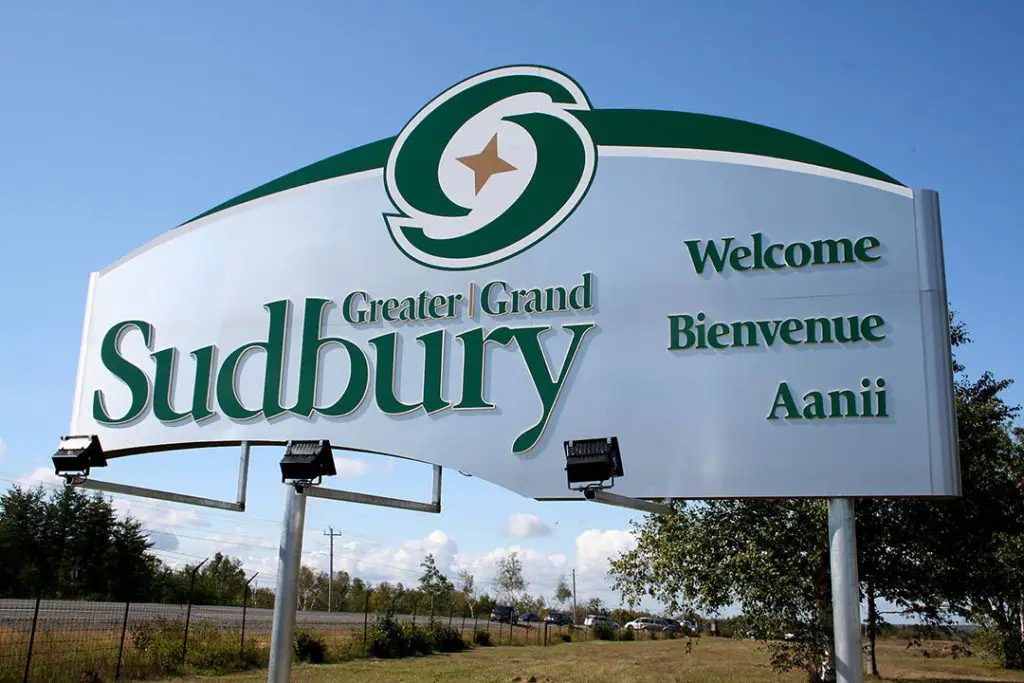
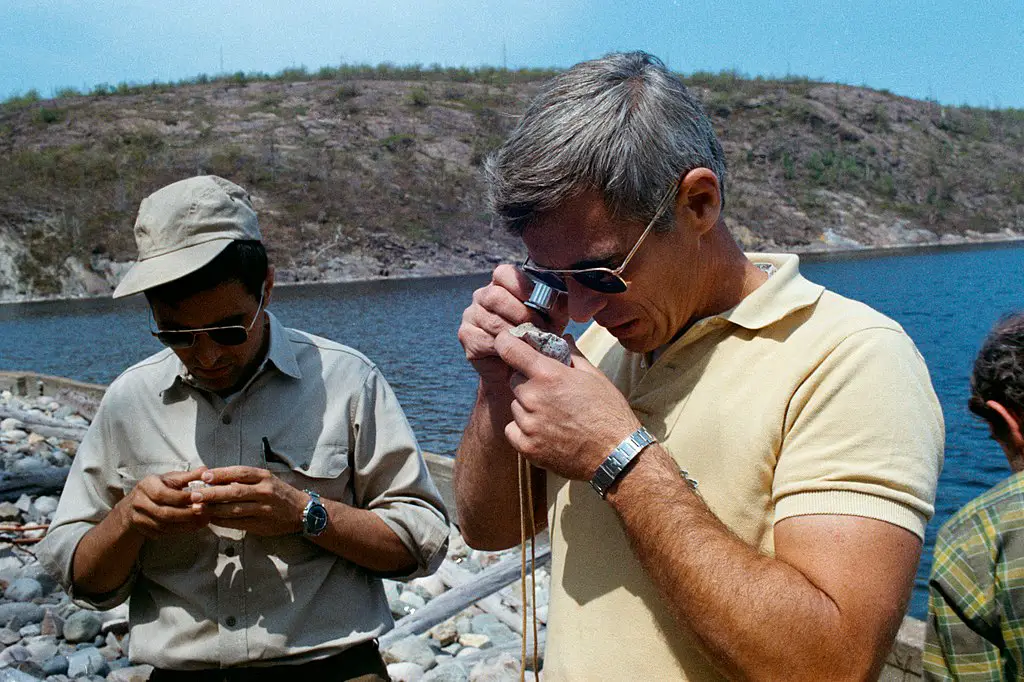
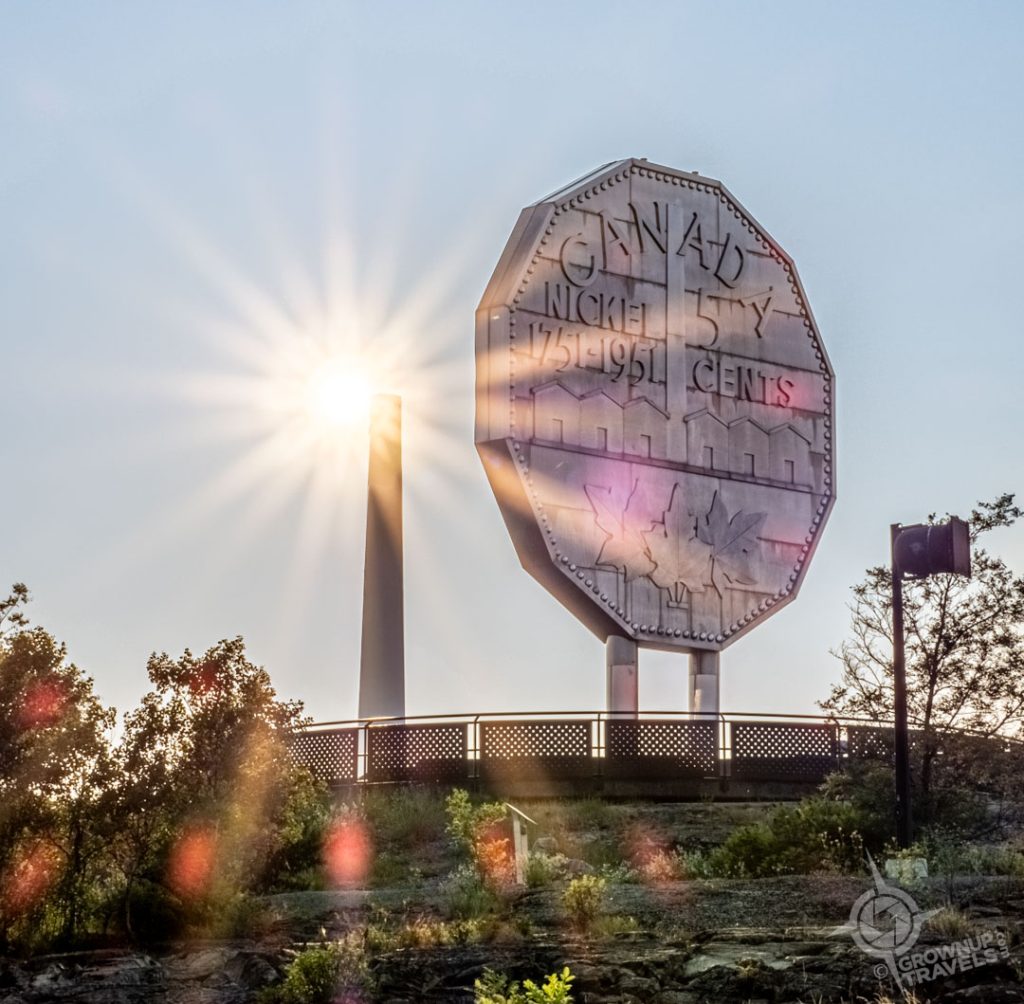
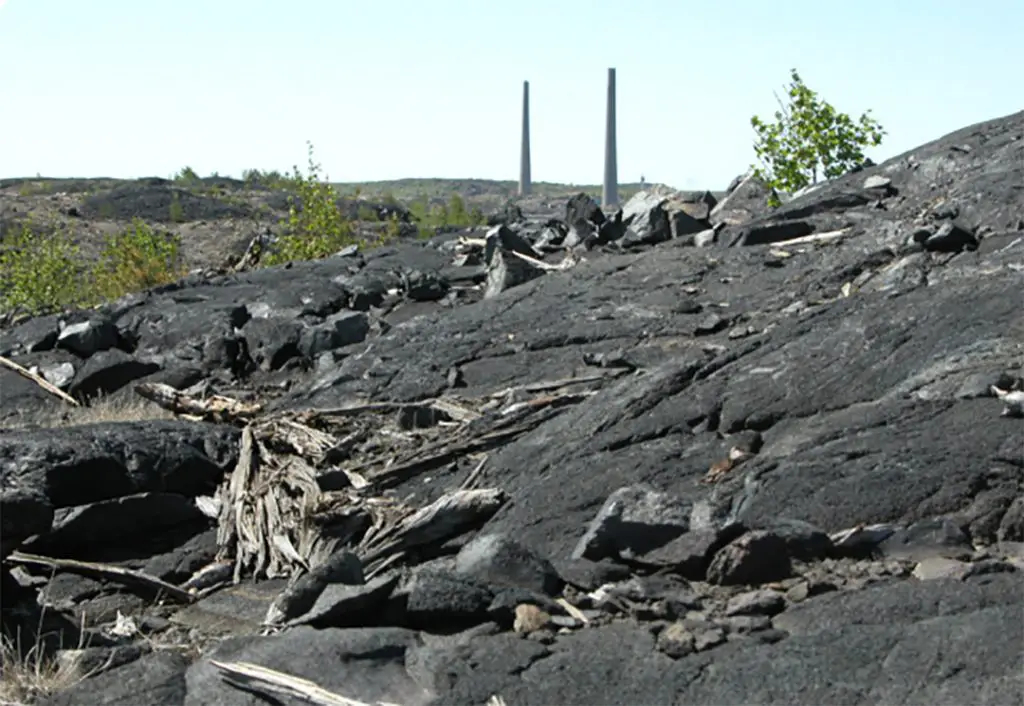
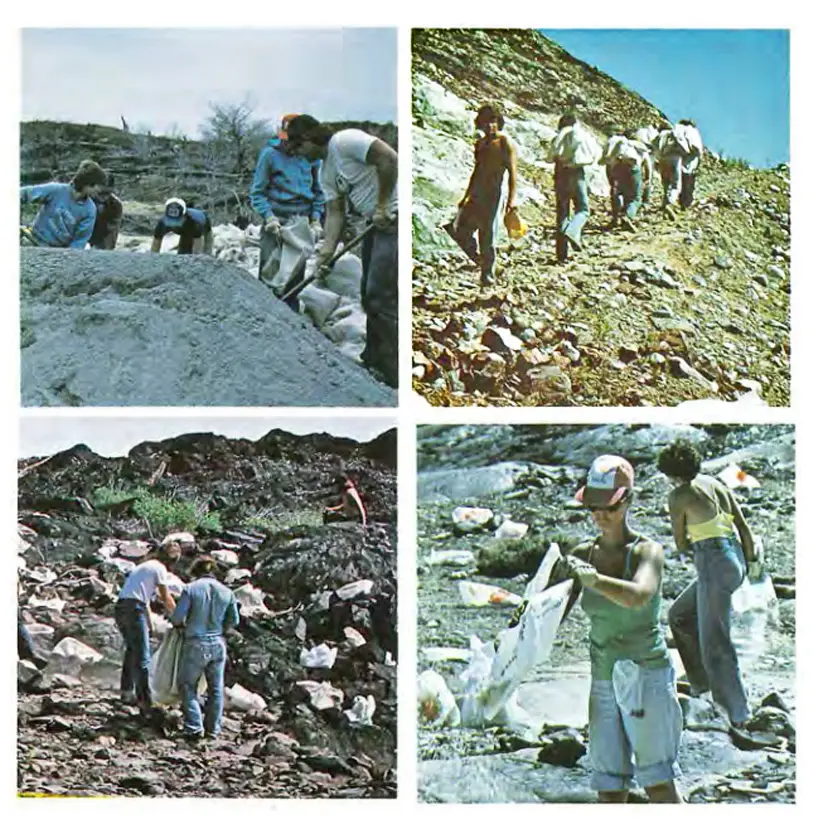
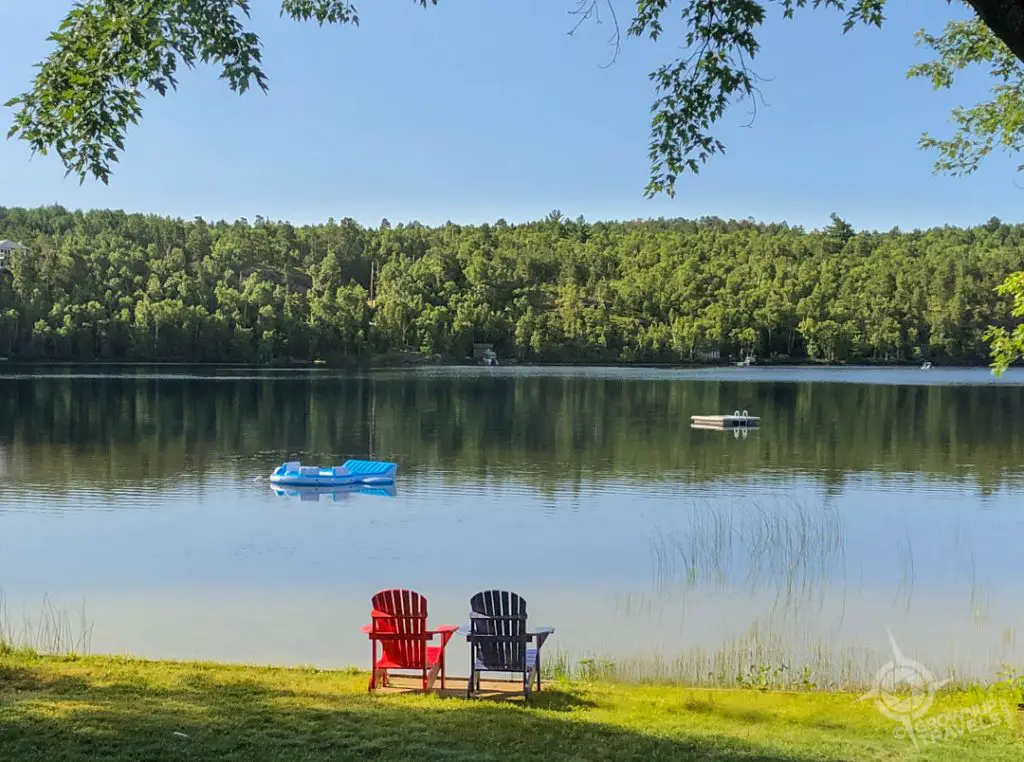
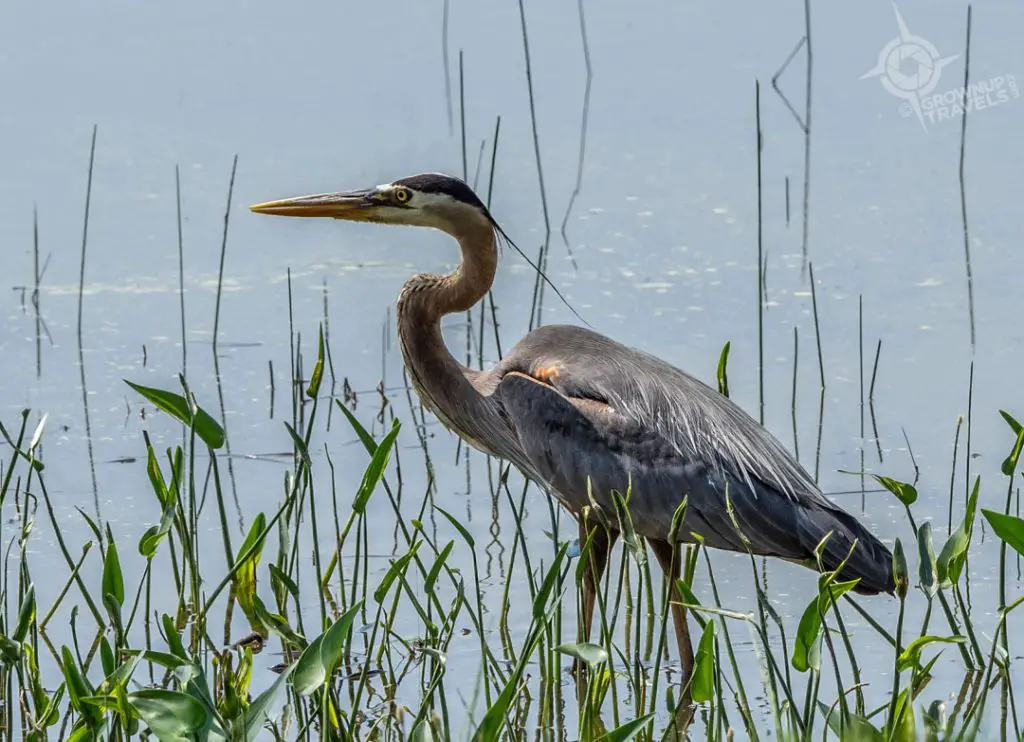
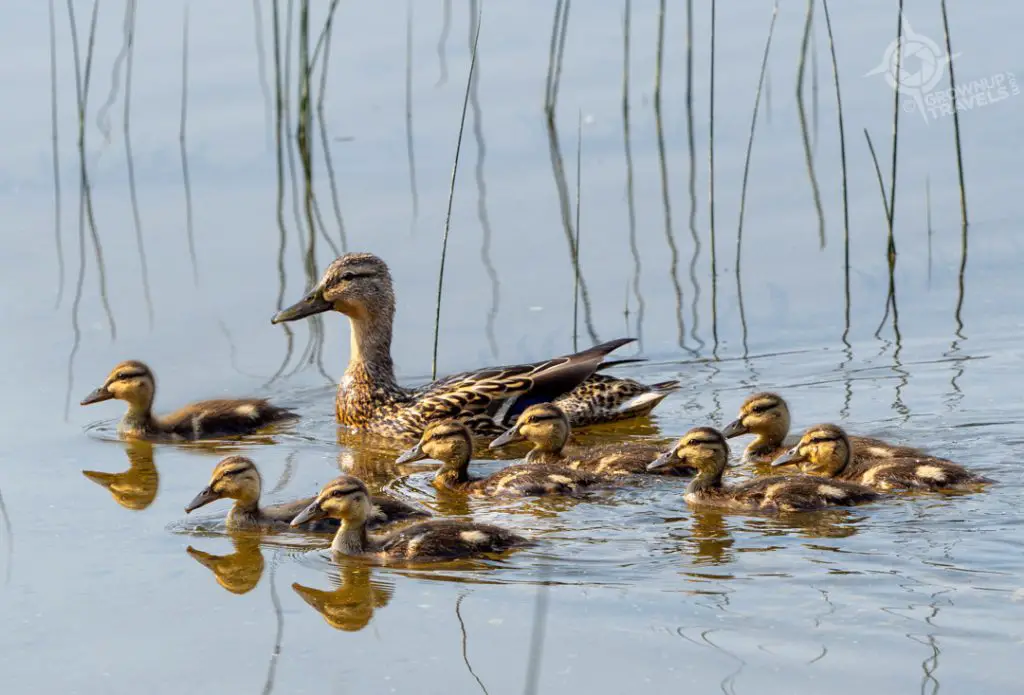
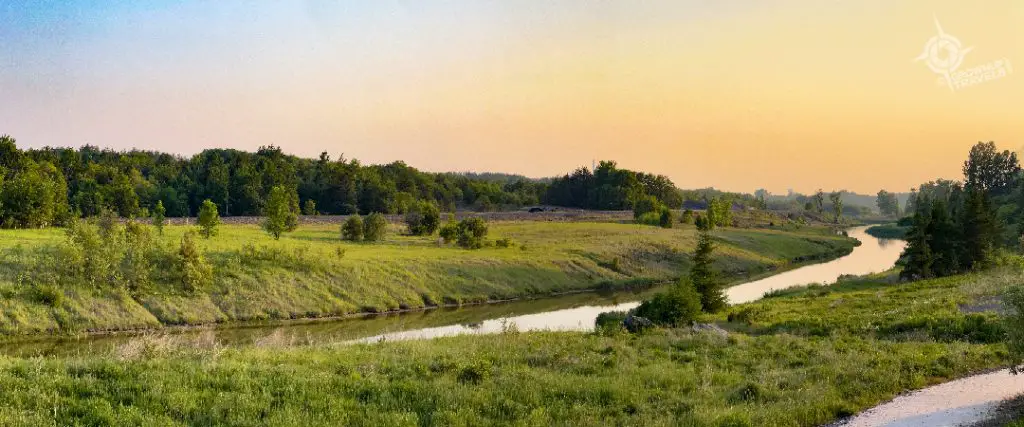
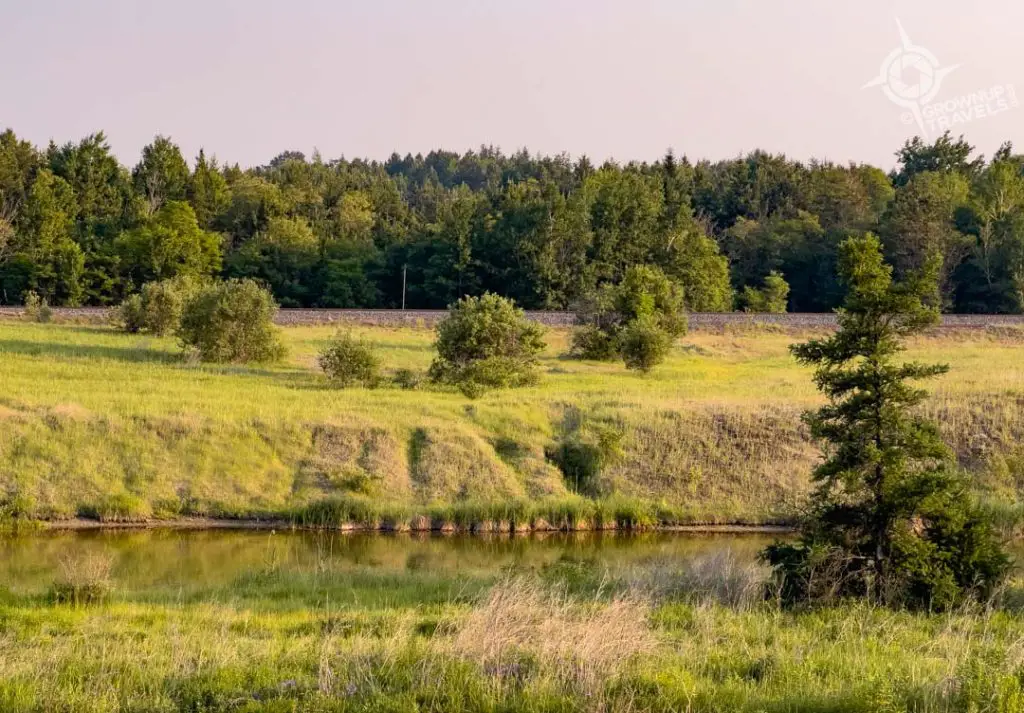
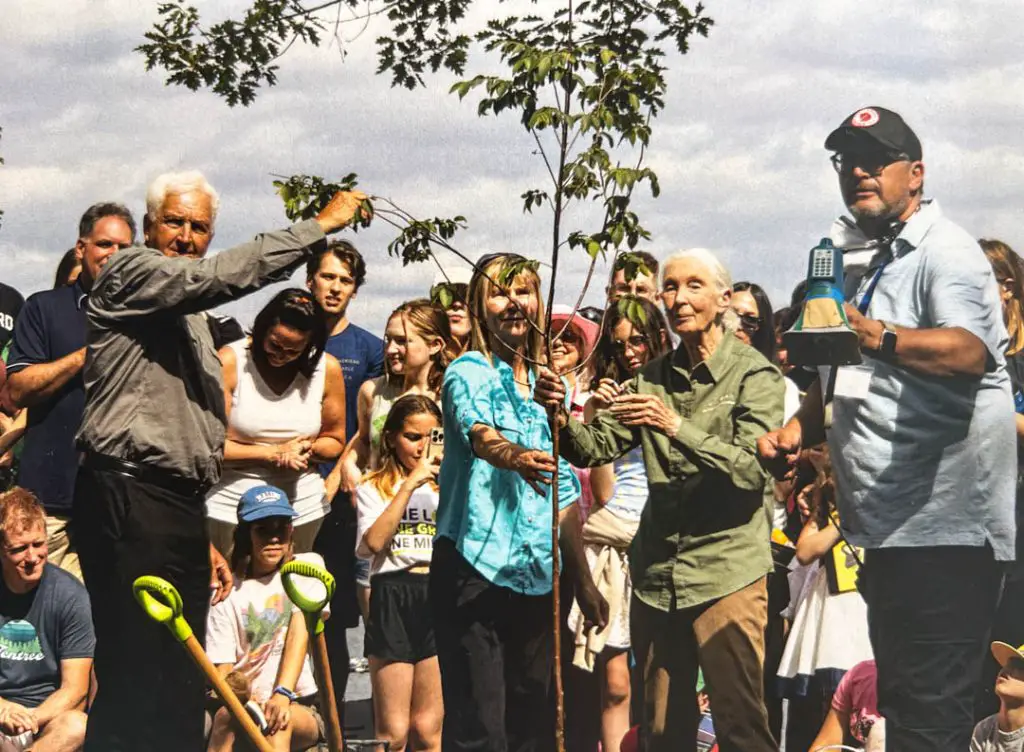

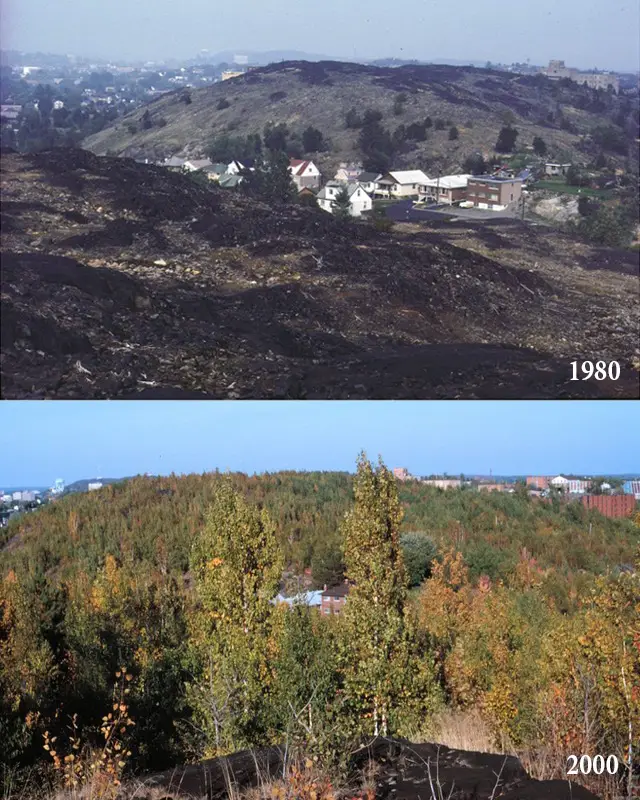
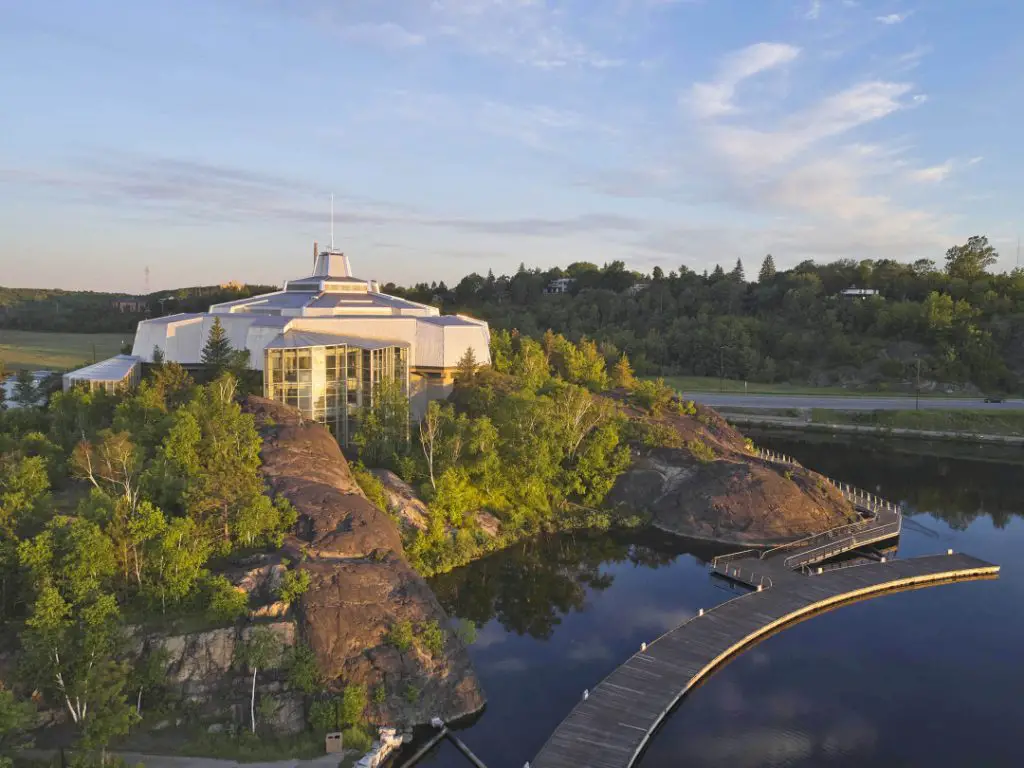


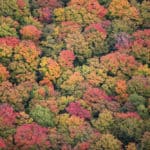








Subscribe and you'll never miss an update!
Join our mailing list to receive the latest news and updates from Grownup Travels. (We keep your email STRICTLY private)
Thank you for subscribing to Grownup Travels!